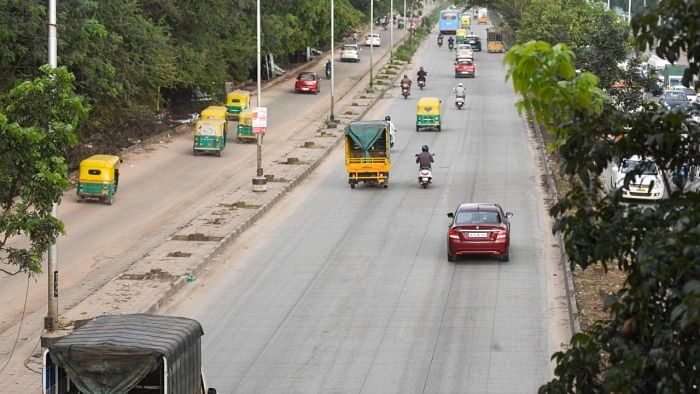
As acquiring land is becoming a major hurdle in building a 73-km long peripheral ring road (PRR) around Bengaluru, the urban planners want the government to consider the farmer-friendly ‘land pooling’ model adopted in states such as Gujarat, Maharashtra and Andhra Pradesh etc. to undertake public projects.
A 78-km long Sardar Patel Ring Road, which encircles Ahmedabad, is one such project where the government returned more than 60% of the value-appreciated land to the farmers after completing the work in a record five years.
The land pooling scheme, urban experts say, is a win-win both for the farmers and the government. The farmer gets back a portion of his/her land but stands to gain manifold due to the appreciation of land value once the project is complete. When Dy CM D K Shivakumar met farmers affected by the proposed PRR project on Monday, one of the participants suggested the adoption of Ahmedabad’s ‘land pooling’ model.
Urbanist Ashwin Mahesh said the reconstitution of land recognises that there is a much wider ‘zone of benefit’ in any project. “If the government wants to build another ring road, property value jumps on either side of the road. Therefore the entire zone should be treated as a benefiting area, and in this area, the land should be redistributed among the owners in a way that each one loses 10 to 15% of their holdings, and they get an improved region with better infrastructure,” he said.
Land pooling is, however, not a new concept for the Bangalore Development Authority (BDA). It has promised a total of 9,583 square feet of developed land (equivalent to eight sites) for parting with one acre of undeveloped land for forming the Dr Shivaram Karanth Layout in North Bengaluru. The project is currently under construction.
Last year, NITI Ayog, which is an apex public policy think tank of the Government of India and a year before that the Ministry of Housing and Urban Affairs came up with the policy to popularise the land pooling concept to undertake public projects.
Deepika Jha, a senior consultant at the Indian Institute of Human Settlements, Bengaluru, said the consensus to give up their land depends on the surrounding amenities being proposed in the final scheme of things, the potential for an increase in land value, and whether there is a precedent for land pooling in the region.
Success stories
- Sardar Patel Ring Road of Ahmedabad (78-km) was constructed in record time using the Town Planning Scheme (a method of land readjustment)
- Dholera Special Investment Region (DSIR), a greenfield industrial city of Surat, was developed using a concept similar to land pooling.
- The greenfield capital of Andhra Pradesh, Amravati, used a method of land pooling to access 133.55 square km of land.
Source: Research paper of WRI India